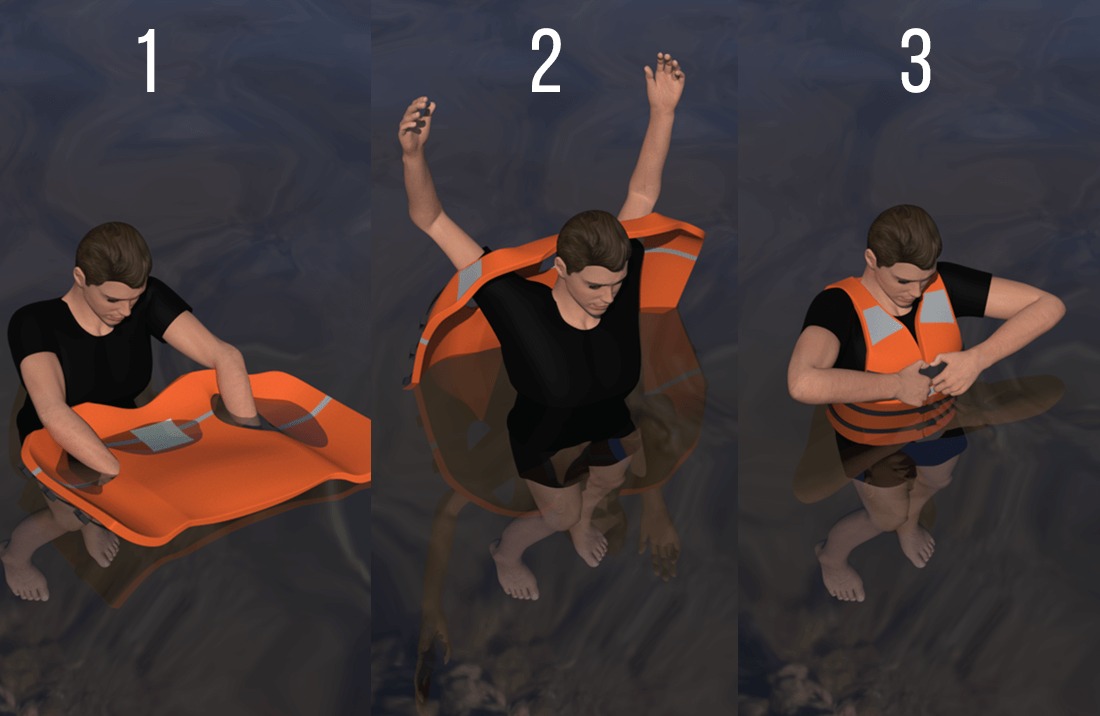What requirements must be considered when choosing a personal flotation device? Choosing a lifejacket/PFD
PFDs/Life Jackets are important life saving devices and are required onboard. Make sure when selecting a PFD that it is USCG (United State Coast Guard) approved, is of the Type that is recommended for its intended use and is designed for a person of your size and weight.
One wearable PFD/Life Jacket for each person aboard is required and they should be stowed where readily accessible and correctly sized for the persons using them. It is a good idea to place a PFD next to each seat before getting underway.
In addition to a wearable PFD for each person, one Type IV throwable device, which should be immediately available, is also required on each boat 16 feet or larger.
Regardless of laws requiring wearing a PFD every boater should wear a PFD especially when in dangerous conditions. Dangerous conditions include high boat traffic, severe weather, dangerous water conditions, dangerous local hazards, distance from shore, operations at night, and boating alone. Any time you feel you are in danger or simply apprehensive about a situation remember the following: when in doubt, get it out, and put it on. According to USCG recreational boating statistics, drowning is the cause of approximately 70% of all fatal boating accidents. Of those that drowned, approximately 90% were not wearing a life jacket.
Remember, conditions on the water can change rapidly. Be prepared by wearing your PFD. If a storm is near, make sure all aboard are wearing USCG approved PFDs and head for the nearest shore that is safe.
What is a requirement for the USCG-approved inflatable PDFs?
Inflatable vests only count towards the PFD/life jacket requirements if they are worn. However, they are not approved for all activities (e.g. riding on a PWC or participating in towed watersports).
The most effective life jacket is the one you will wear. It is recommended you wear your life jacket at all times when aboard.
Are PFD difficult to put on in water?

Putting on a PFD while on land or in a stable boat can be a simple task. However, donning a PFD while in the water can be a very difficult task. You don't have the same leverage or balance you would normally have. Although you should have on a PFD prior to entering the water, you should practice putting on a PFD while in a pool or in shallow water to experience first hand what it would be like.
